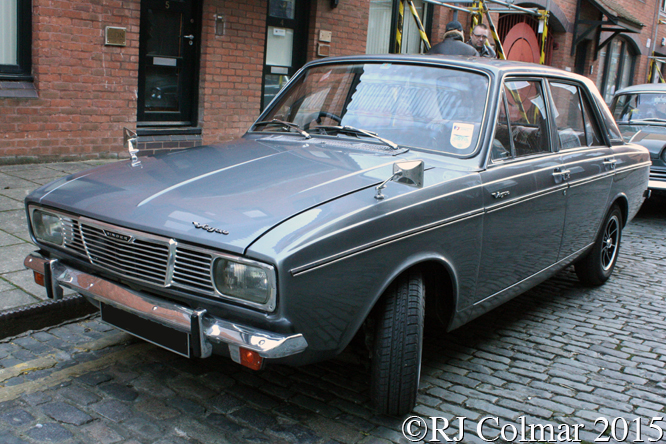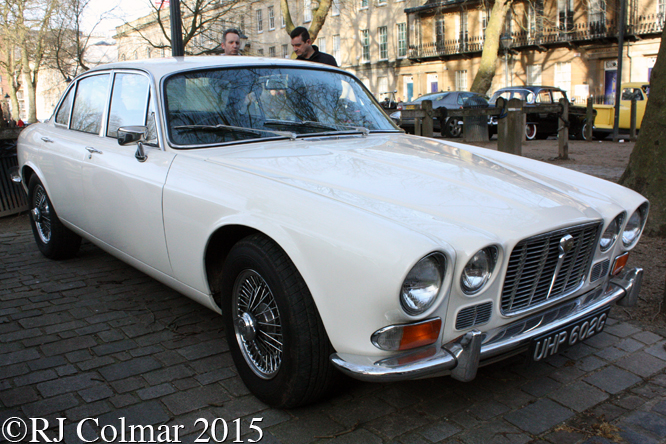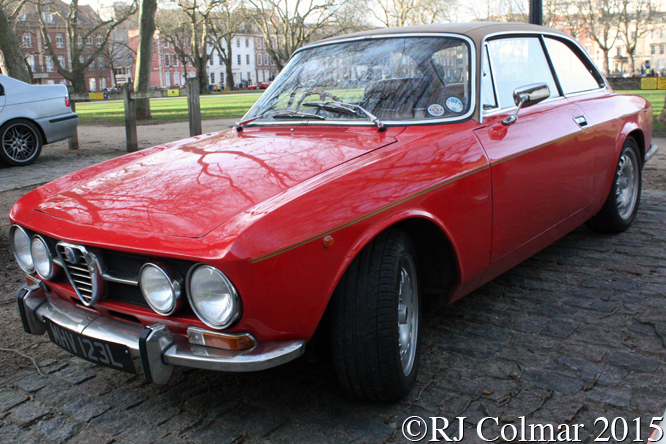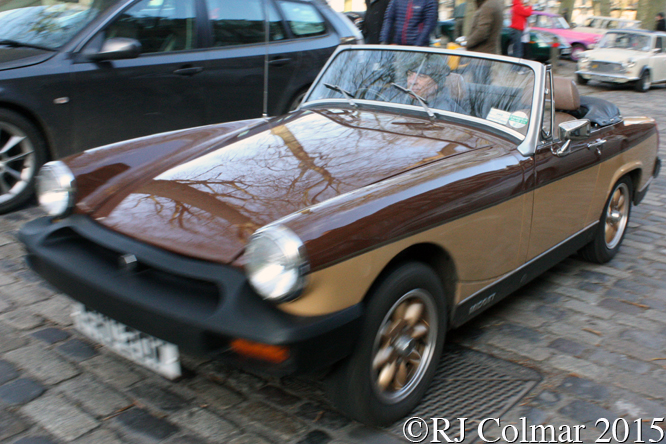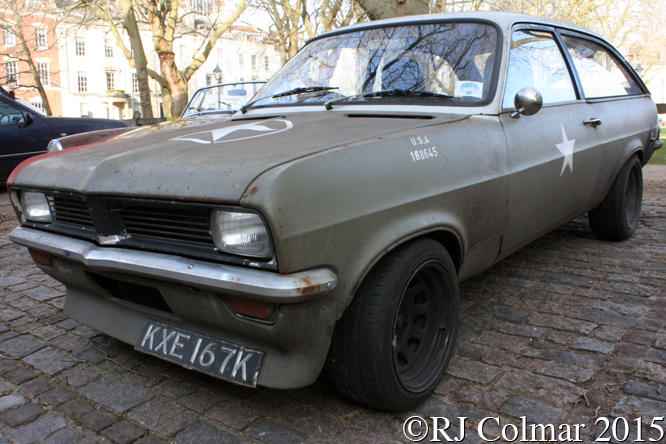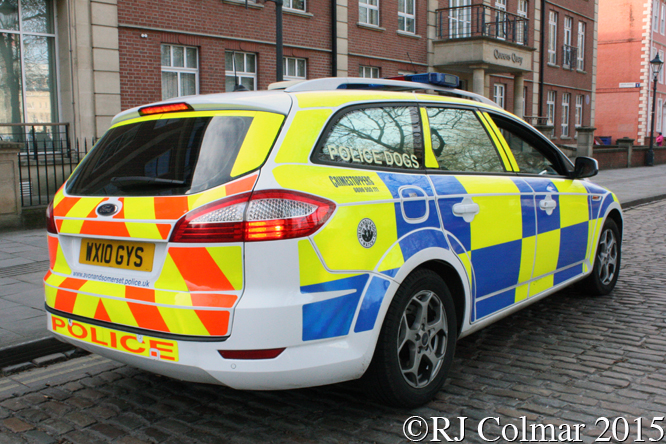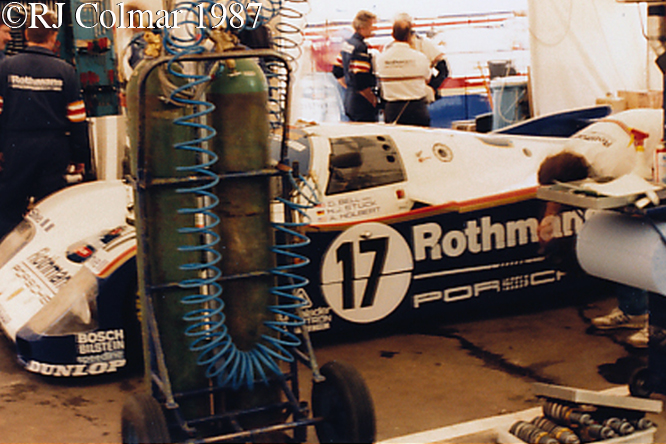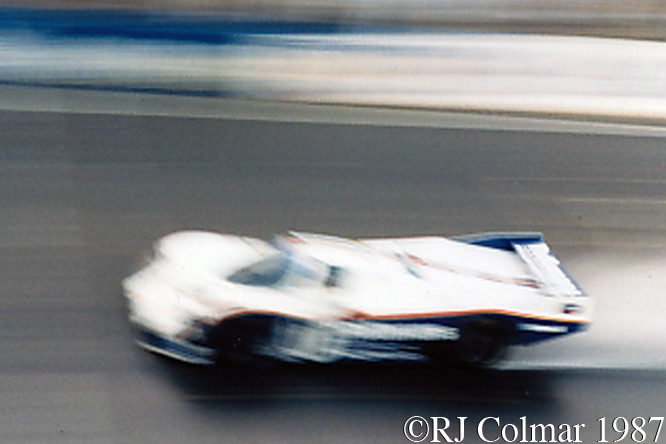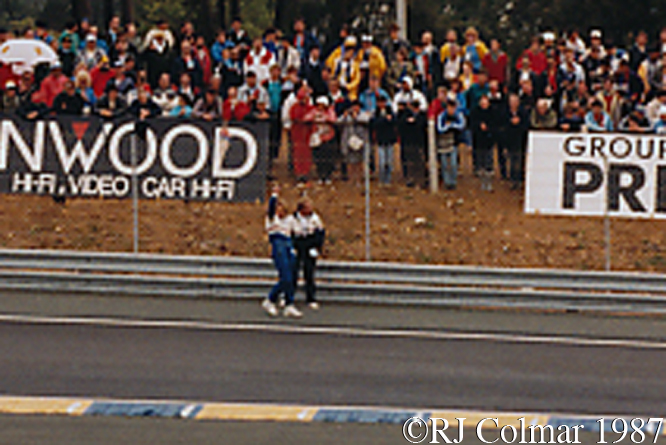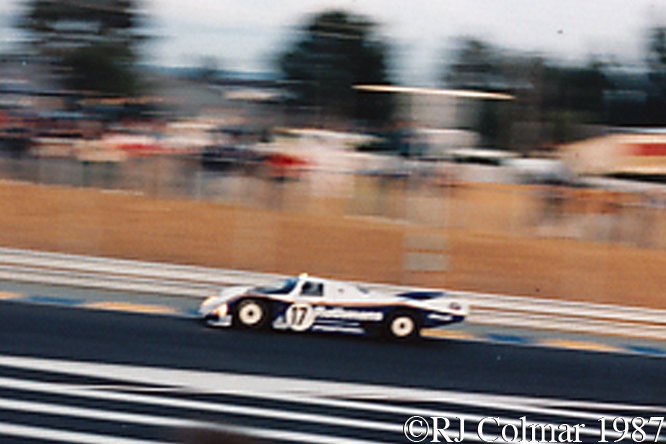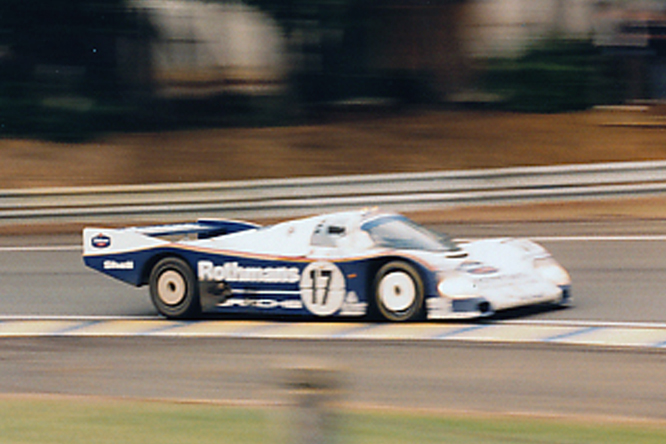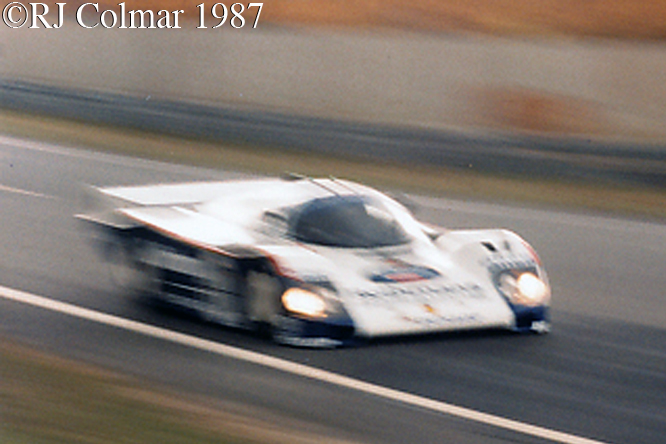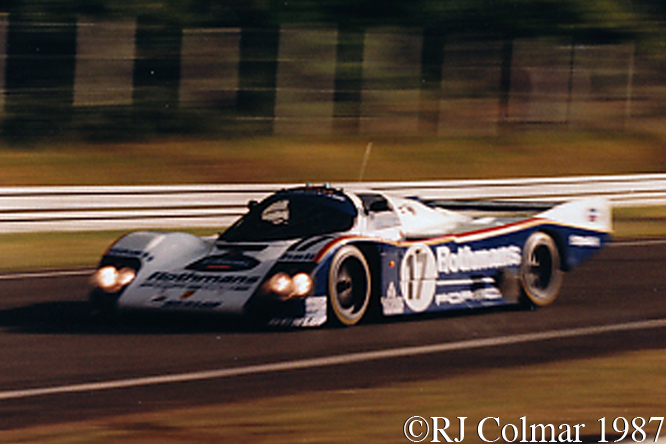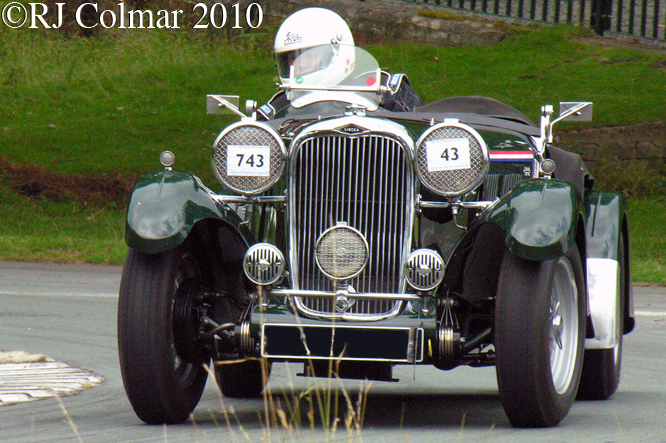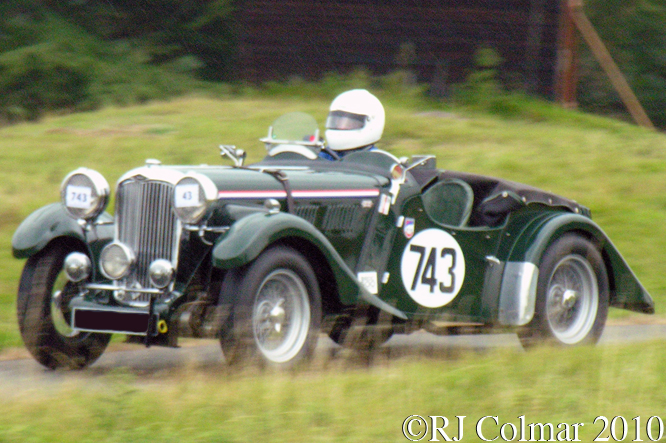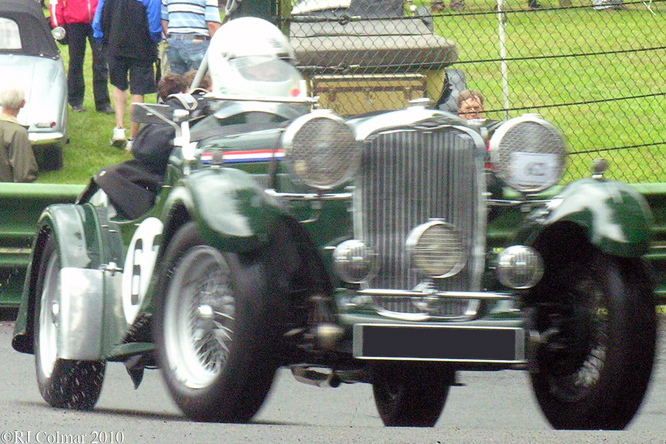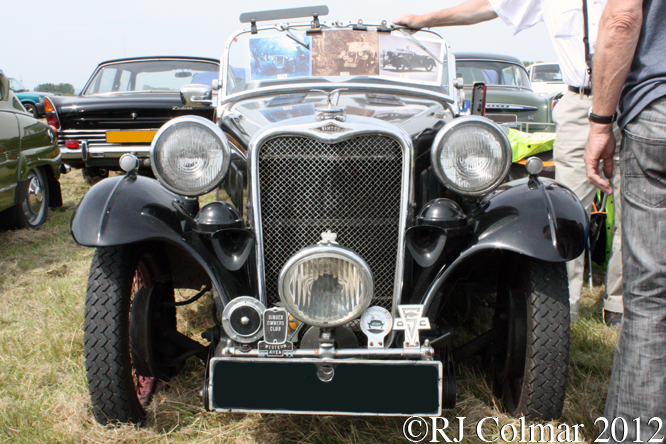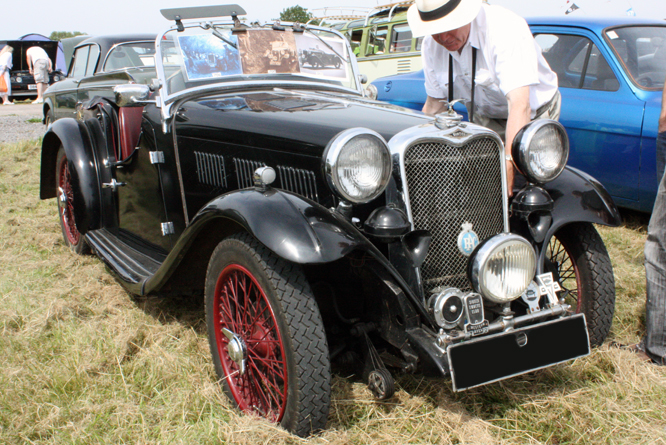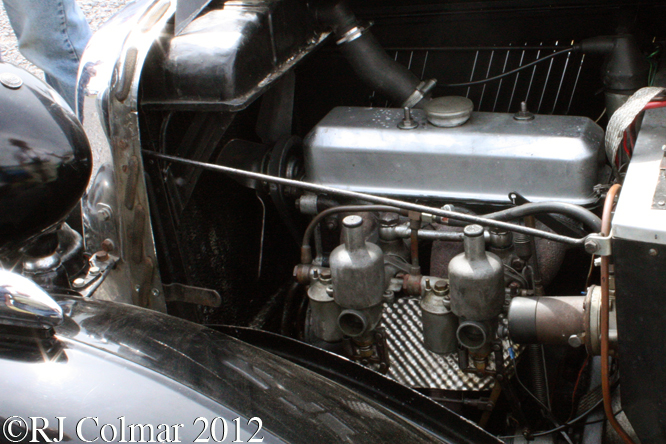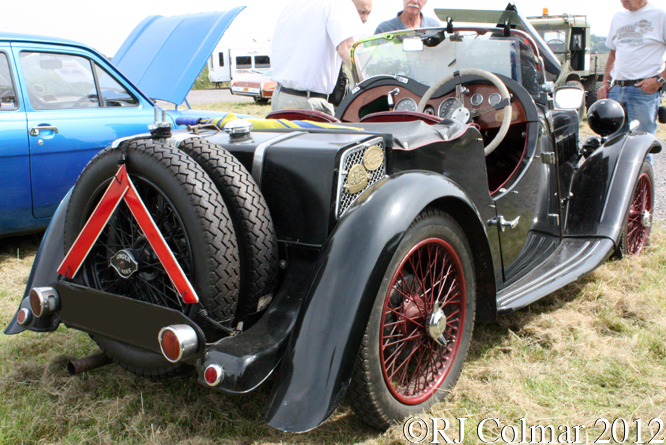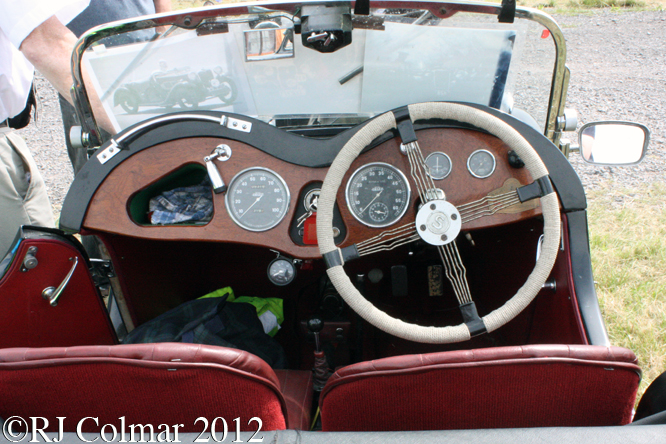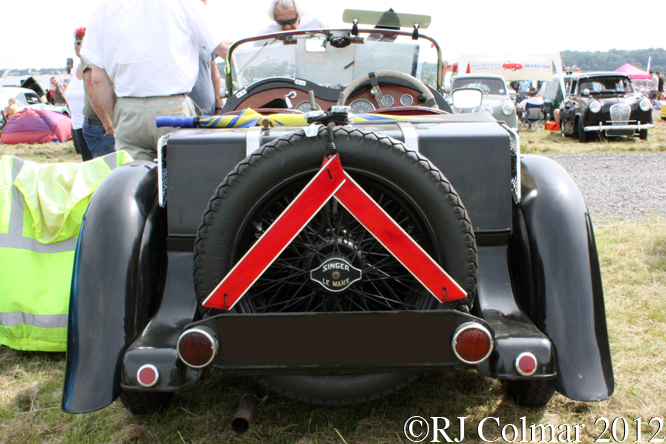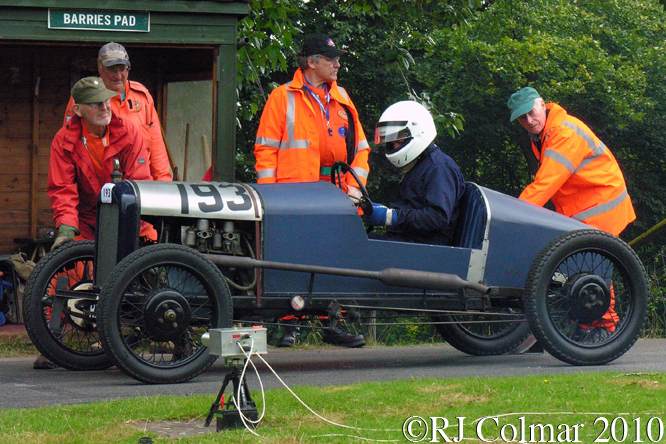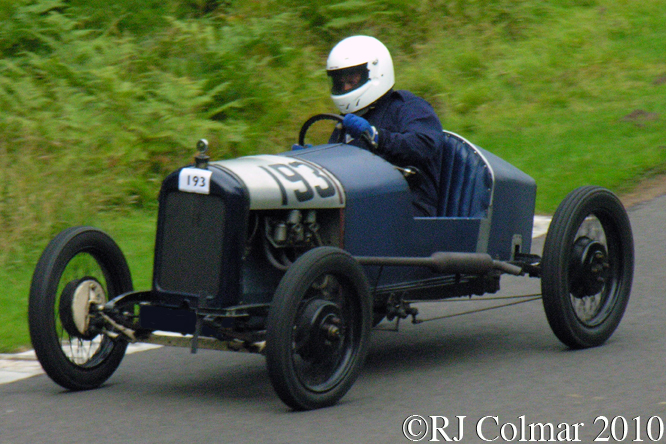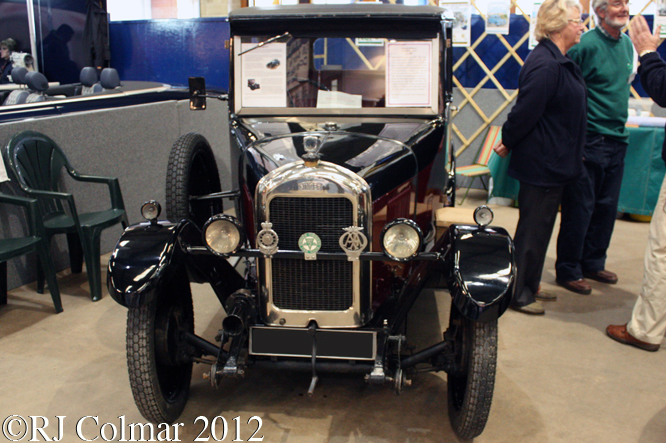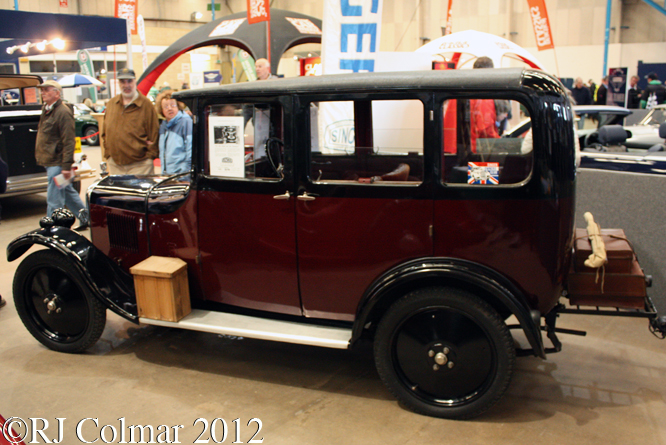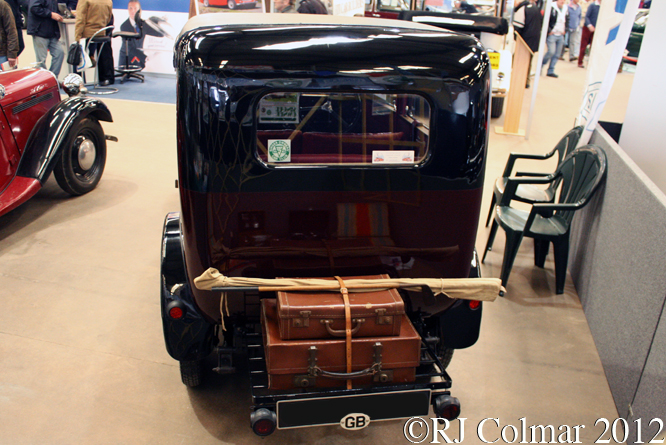Halfway between Bristol and the former holiday resort Severn Beach lies Washingpool Farm just outside Easter Compton which played host to Summer Classics at the weekend.
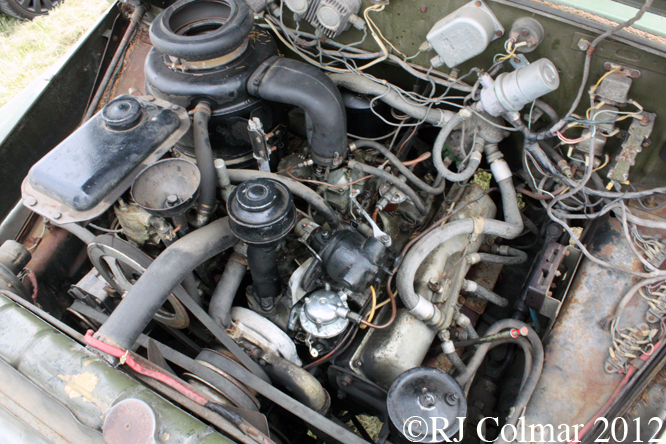
By no means the biggest show I have attended this year, what Summer Classics lacked in quantity it more than made up with in quality and good company on Saturday. Above is a 150 hp V8 that took part in a race, possibly the greatest race of all time the nuclear arms race. This 1971 6 x 6 Zil 131 was fitted out as a Zelda R140 mobile radio station designed to be used as a mobile command center. The cabs for the radio operators on the back of the trucks were designed to survive nuclear fall out and thus ensure the possibility of mutual destruction !
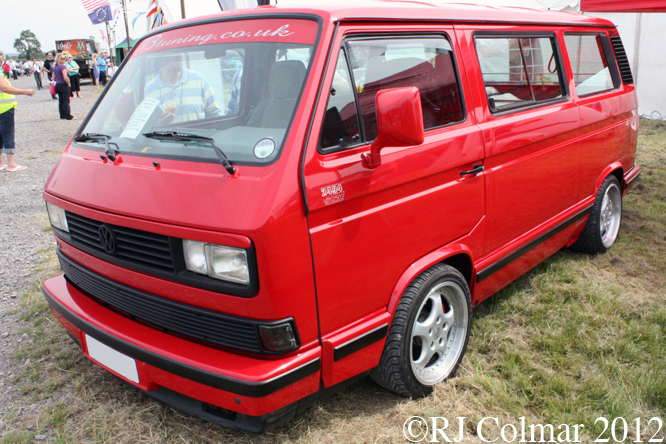
The Type 3 Transporter / Multivan above is one of the last 6, 2494 of 2500, Last Limited Edition (LLE) Multivans made in 1992. There was also a Redstar limited edition available to VW employees only and production of the Type 3 continued in Mexico until 2003. This particular LLE Multivan is a particularly quick camper having been fitted with a 230 hp 3.3 liter / 201 cui Subaru flat six motor, Porsche gearbox and brakes and a Scania Shifter.
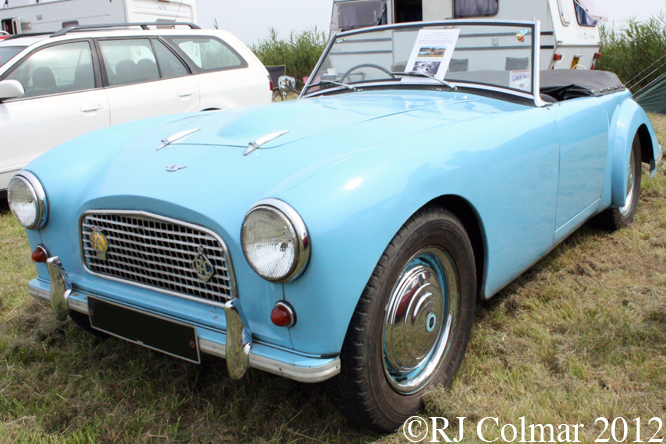
Saturdays ‘car manufacturer I had never even heard of before’ was Paramount. The 1953 Paramount Sports above featuring an aluminium body on an ash frame is one of only 3 road worthy Paramount vehicles from a total of 80 of all types thought to exist.
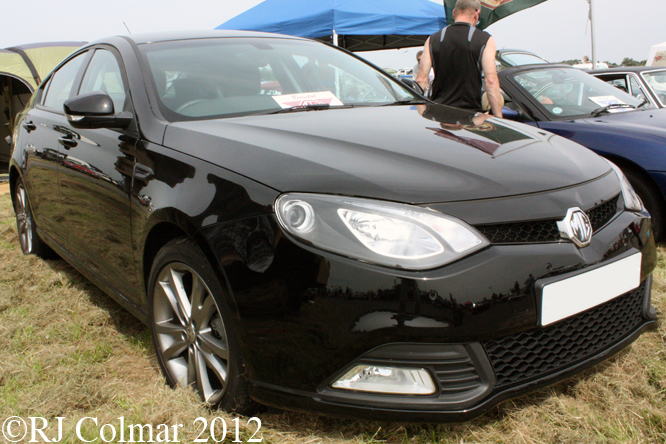
After the MG Rover group disappeared in 2005 the MG marque was revived in 2011 with help from many former employees who were re employed at the MG Motor UK Technical Center by new owners of the MG marque SAIC Motor. The MG6 GT above, built from a complete knock down kit supplied by SAIC was assembled at Longbridge, home to the former MG Rover Group. Despite a successful presence in the British Saloon Car Championship production volumes so far are thought to be small probably not yet reaching a thousand.
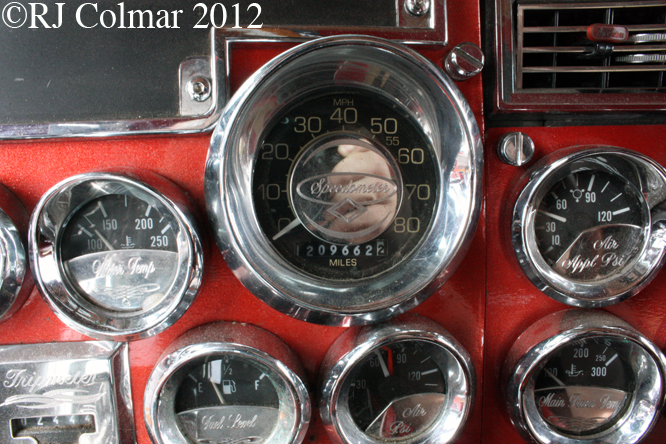
I have never sat in a Peterbilt before, nor a TV star nor a vehicle that has 1,000,000 miles, I ticked all those boxes on Saturday when I climbed into the cab of Straight 8 a 1993 Peterbilt which was featured in Trick My Truck in January 2007. As can be seen the truck has over 1.2 million miles on the clock !
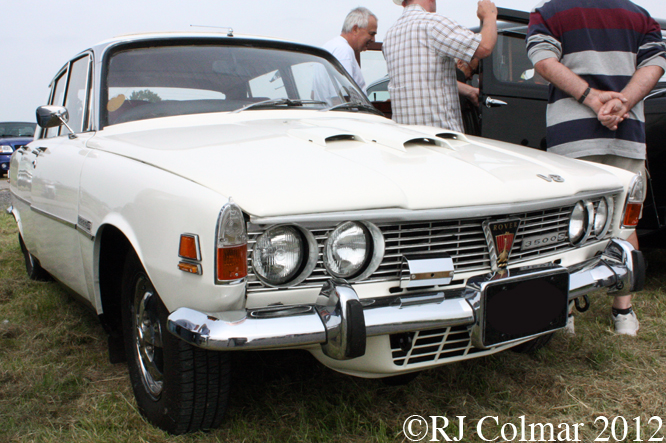
The Rover 3500S came in two different forms for the UK Market S stood for Synchromesh as used in the four speed manual gearbox while in the US Market all Rover 3500 S models were automatics. Looking at the dash this is clearly a right hand drive vehicle, unfortunately I did not notice if the car was a converted LHD automatic or a UK supplied manual making use of the Rover parts bin with a US spec front number plate mounting, ice warning device seen to the left of the number plate and US spec bonnet with three air intakes. The wipers would suggest this is a UK spec car with some US spec goodies.
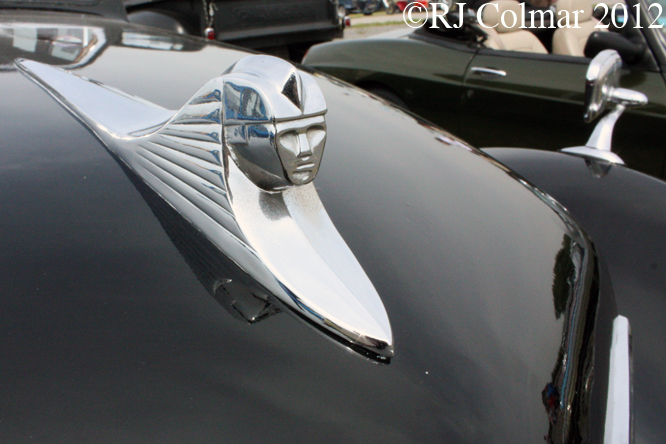
Unlike Bristol Cars which refrained from using the names of Bristol Aeroplanes, it’s parent organisation, for it’s vehicles until 1975 Armstrong Siddeley used the names of it’s parent companies WW2 aircraft, including Hurricane and Lancaster upon the the resumption of vehicle manufacture in 1945. The Sphinx mascot is seen above on a 1953 Armstrong Siddeley Whitley which takes it’s name from a twin engined bomber that is named after a suburb of Coventry where Armstrong Siddeley’s were built.
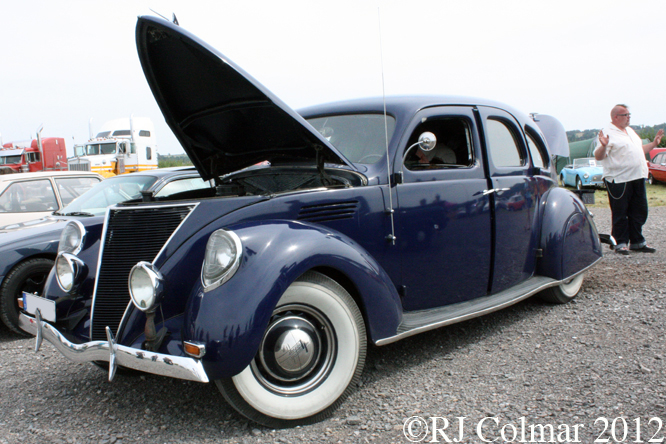
My personal vote for car of the show goes to this 1936 Lincoln Zephyr. This V12 was occupied by a family of four with an outsize classic TV and was making it’s way on a 1600 plus mile holiday journey from Dresden, Germany at an eye watering 21 mpg imperial / 18 mpg US !
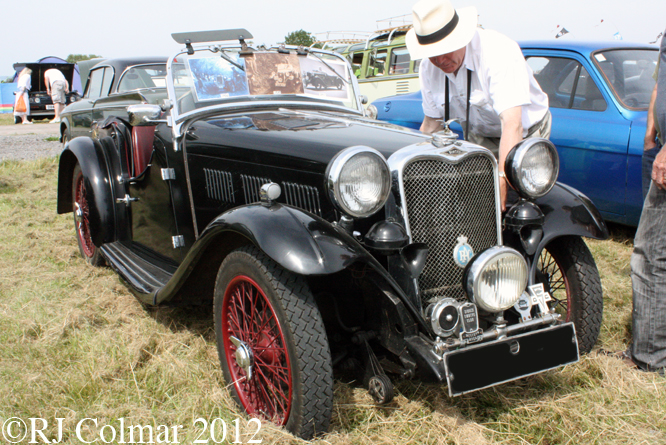
Among many storied cars at the Summer Classics Show on Saturday was this Singer Le Mans built in December 1935 it took part in the 1936 Exeter Trials with HD Acres at the wheel as can be seen on this link. By 1939 the Singer had acquired the large centre fog light and was in the hands of RJW Appleton who used it to compete in the Lands End Trial. The present owner spent many years rebuilding the Singer after acquiring a big box of ‘bits’.
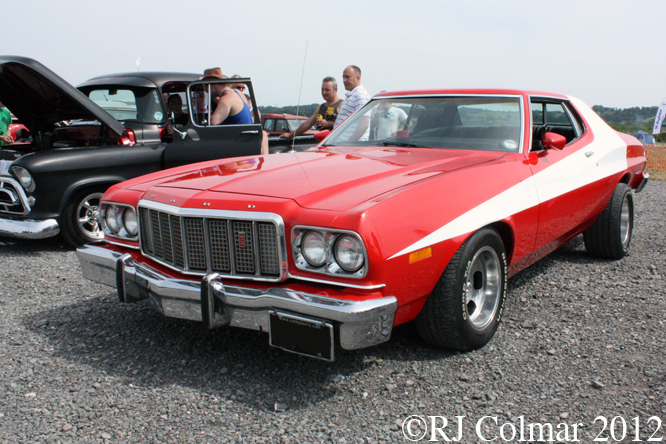
The “striped tomato” 1974 Ford Gran Torino seeen above is one of the first six built in 1973, for the ’74 model year. It was picked up by it’s current owner in San Francisco with a straight body and has been slowly restored since with well over £6k in suspension parts alone. By all accounts Paul “Michael” Glaser took an instant disliking to the car with which he will be forever associated as Starsky from the Starsky & Hutch TV series. He thought the car looked like a ridiculous ride for a supposed undercover cop and referred to it as striped tomato both in private and later in scripts for the show.
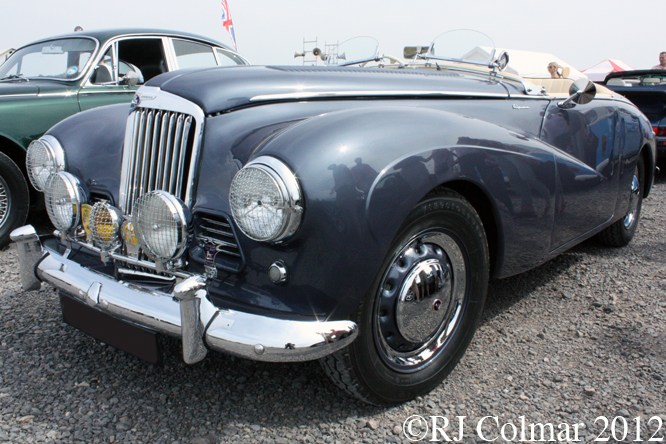
Fresh paintwork and equally fresh cream leather interior suggest this 1953 Sunbeam Alpine Mk I has been recently restored, love the way the Brooklands Aero screens sets the look of this car apart from it’s 1.582 siblings that were built from 1953 to 1955.
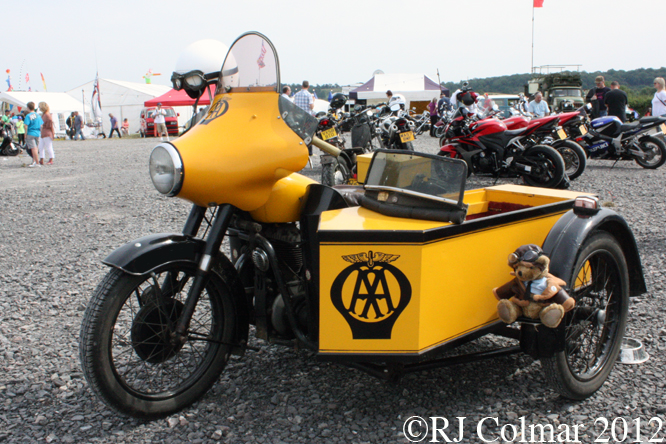
BSA first built the 591cc / 36 cui M21 in 1937, with production lasting until 1963 ! Used by the armed forces and in large numbers with combination sidecars, as seen with the 1951 model above, by the Automobile Association (AA) as roadside assistance units.
Thanks for joining me on this “Summer Classics” edition of “Gettin’ a li’l psycho on tyres” I hope you will join me again tomorrow. Don’t forget to come back now !
